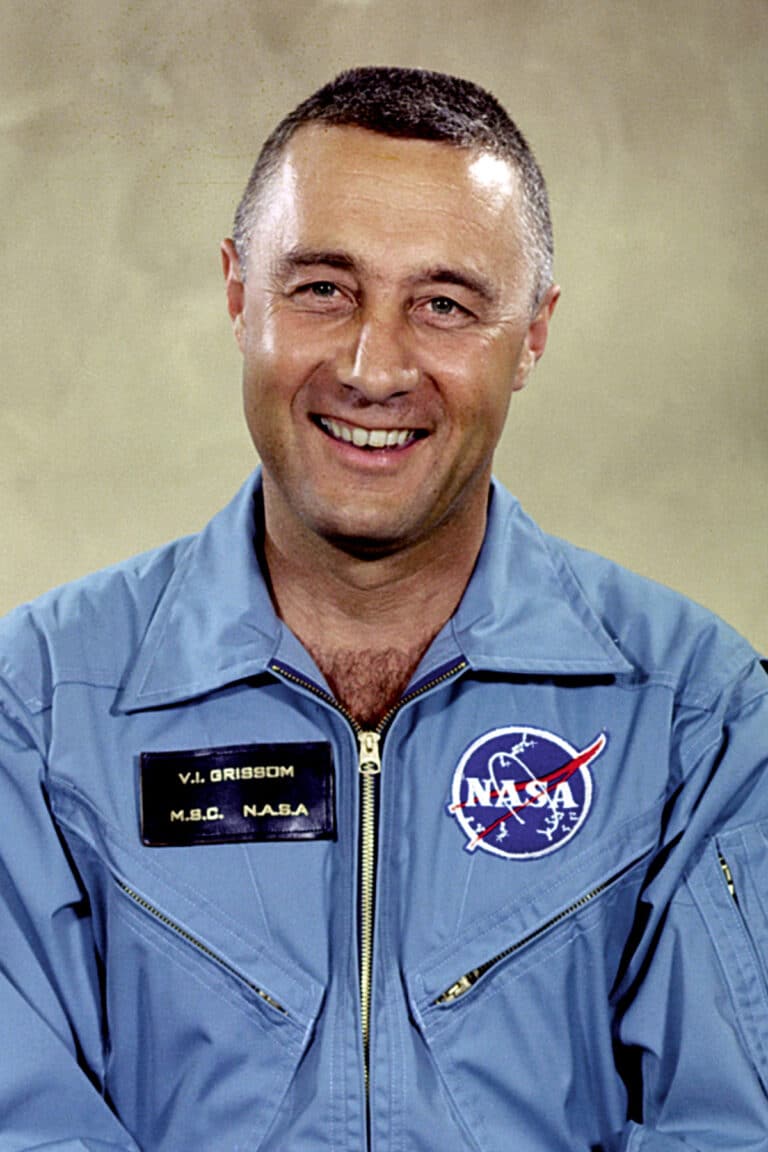Born on August 26, 1918, in Virginia, Katherine Johnson was able to transcend the challenges of her time thanks to her exceptional gift for mathematics. Joining NASA in 1953, she became an indispensable figure at the space agency, working on complex calculations that paved the way for numerous space missions. Her ability to combine rigor and creativity allowed her to play a decisive role in the space race, notably during the Apollo project and the first manned mission to the Moon. In a context of segregation where opportunities seemed limited, Katherine Johnson stands out as a true pioneer, demonstrating that the boundaries of mathematics can be pushed by talent and determination.
Table des matières
ToggleKatherine Johnson: A Pioneer of Mathematics at NASA
Katherine Johnson, often referred to as the “Human Computer,” revolutionized the world of mathematics at NASA with her exceptional mastery of calculations in astronomical navigation. Born in 1918 in Virginia, she quickly developed a talent for numbers that propelled her to the forefront of aerospace challenges. In an era marked by segregation and limited opportunities for black women, Katherine broke stereotypes by proving that her passion for mathematics could change the course of history.
Within the space agency, she conducted technical work of phenomenal precision, contributing notably to the success of the Apollo missions. Her calculations helped ensure the trajectory and safety of space flights. By defying the conventions of her time, she demonstrated remarkable resilience, not only by overcoming personal obstacles but also by challenging the established norms in the fields of science, technology, engineering, and mathematics (STEM).
Katherine Johnson’s contributions reached great heights, particularly during the first human step on the Moon in 1969. She became an iconic figure, demonstrating that mathematics knows no boundaries and that passion and talent can open doors, even in the most challenging circumstances.

Katherine Johnson: A Pioneer of Mathematics at NASA
Katherine Johnson, known as the *Human Computer*, was born on August 26, 1918, in Virginia. Her passion for mathematics manifested early in her youth, revealing an exceptional talent that led her to pursue advanced studies. After finishing high school at the age of 14, she received a scholarship to university and eventually earned her degree in mathematics two years later. However, entering a male-dominated field deeply entrenched in racial segregation represented a monumental challenge.
In 1953, Katherine Johnson joined NASA, then known as the National Advisory Committee for Aeronautics, as one of the many “human computers.” Her role involved performing complex calculations by hand to support space missions. At that time, modern computing did not exist, and accuracy was essential in aeronautical navigation. Through her determination and intelligence, she made a name for herself in this environment, despite the gender and race constraints facing African American women in the 1930s.
Over the years, Katherine was involved in several crucial projects, including the Mercury program, which aimed to send the first American astronaut into space. Using her exceptional calculation skills, she provided the necessary trajectories for Alan Shepard’s historic flight, which launched in May 1961. It was one of the first major successes in the space race and a pivotal moment in NASA’s history. She had to juggle complex mathematical equations and geometric concepts to ensure that each mission went off without a hitch.
One of Katherine Johnson’s most memorable achievements was her work during the Apollo 11 mission, the first moon landing in 1969. Her precise calculations helped determine the necessary trajectories for Neil Armstrong and Buzz Aldrin to land safely on the lunar surface. Her work was vital, and despite the late recognition, it is undeniable that without her, the mission would have risked serious problems.
Despite her accomplishments, the realities of her time forced her to face unique challenges. Racism and sexism were prevalent, but Katherine Johnson never allowed these obstacles to hinder her professional journey. She paved the way for other women, particularly women of color, in the fields of science, technology, engineering, and mathematics (STEM). Her journey was a testament to the strength of perseverance and intelligence.
Throughout her career at NASA, Katherine Johnson not only challenged the limits of mathematical calculations, but she also became a symbol of empowerment for women and minorities in STEM. Her legacy endures today, and her impact on aeronautics and space exploration is recognized worldwide. Katherine Johnson showed that despite the limitations imposed by society, intellect and determination can open all doors.






















